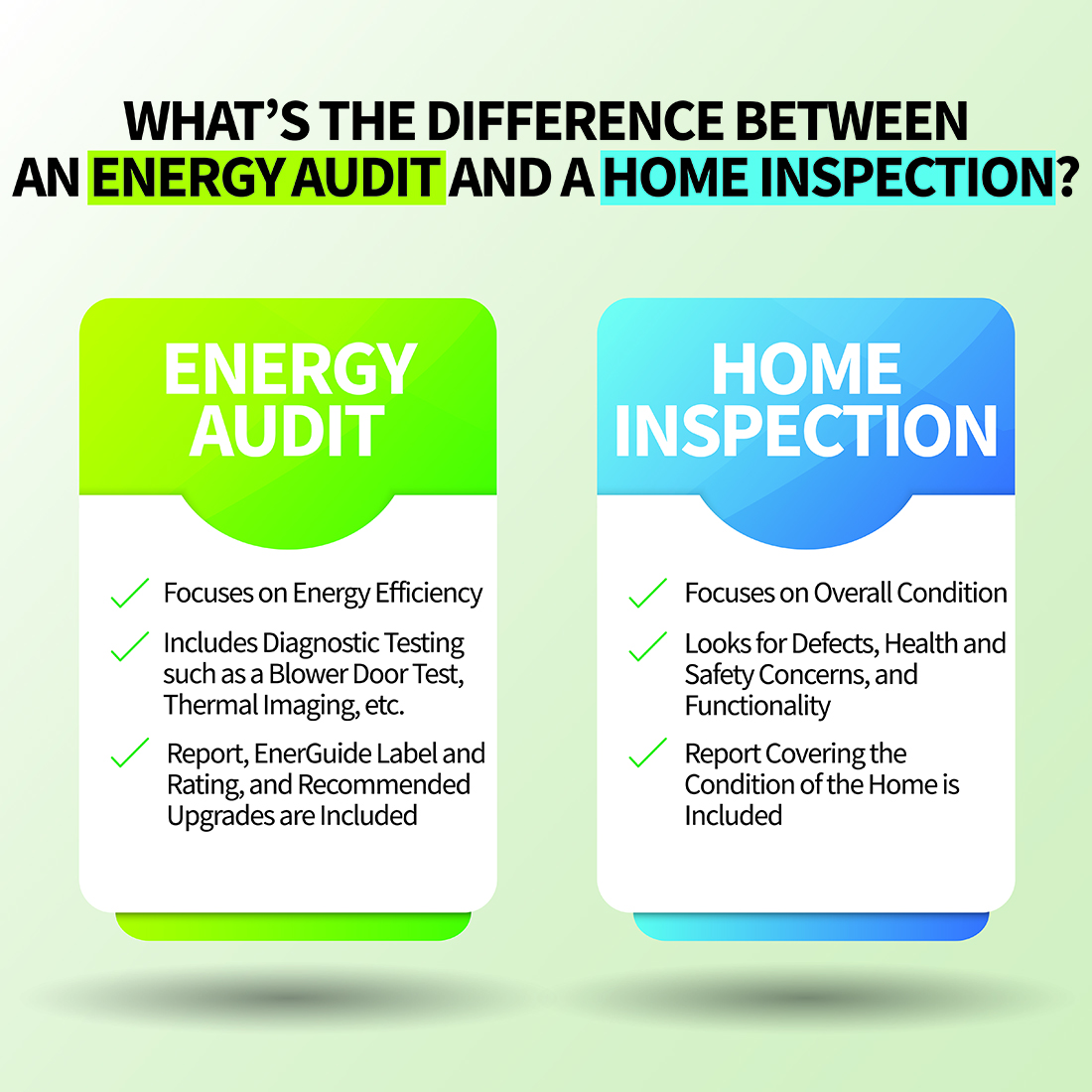Want top dollar? Showcase efficiency via energy testing north carolina
Want top dollar? Showcase efficiency via energy testing north carolina
Blog Article
The Duty of Energy Screening in Achieving an Airtight Remedy for Your Residential or commercial property
Energy screening is vital for homeowner looking for to produce an airtight environment. It recognizes air leakages and ineffectiveness that can compromise power performance. Typical wrongdoers consist of voids around doors and windows. Utilizing techniques like blower door examinations and thermal imaging, house owners can gain insights into their home's vulnerabilities (air tight solutions). Recognizing these findings is essential. What steps should be taken as soon as air leakages are identified? The responses hold the trick to enhanced comfort and cost savings
Recognizing Energy Screening and Its Importance
Energy screening plays an important duty in evaluating the airtightness of frameworks and structures. By measuring air leakage, this approach provides important understandings into a building's energy efficiency, thermal comfort, and general performance. Airtight buildings minimize energy usage, making certain that cooling and heating systems operate effectively. This screening procedure typically involves methods such as blower door examinations, which produce a regulated setting to recognize unplanned air pathways.Understanding the importance of energy testing extends beyond compliance with building regulations; it promotes a positive technique to sustainability. Recognizing air leakages early can bring about timely remediation, inevitably boosting interior air top quality and reducing utility expenses. In addition, power testing contributes to the longevity of building products by decreasing dampness buildup and relevant damages. As recognition of ecological influence rises, energy testing becomes a crucial tool for contractors and property owners going for high-performance residential properties.
Typical Sources of Air Leaks in Quality
Determining typical sources of air leakages is essential for boosting a residential or commercial property's energy efficiency. These leakages often take place in different areas of a structure, substantially affecting heating and air conditioning expenses. Common perpetrators include gaps around doors and home windows, where seals may degrade over time. Additionally, electric outlets and switches can develop paths for air exchange if not properly shielded. Attics and cellars are also regular resources, especially where wall surfaces fulfill the roof or the structure. Various other prospective leakage factors consist of pipes penetrations, airing vent systems, and the areas surrounding smokeshafts. Older residential or commercial properties might suffer from broken down structure products, increasing vulnerability to air seepage. By recognizing these typical resources, residential property proprietors can take aggressive actions to secure leakages, therefore boosting overall power performance and convenience within their rooms. Addressing these problems is a vital part of establishing a closed option for any type of residential or commercial property.
Methods of Energy Testing: Blower Door and Thermal Imaging
Effective power screening techniques, such as blower door tests and thermal imaging, play a vital duty in detecting air leakages within a home. The blower door test includes depressurizing a structure or pressurizing to gauge air flow and determine leakages. An adjusted follower is installed in an exterior entrance, and the resulting stress difference highlights areas of unwanted air infiltration. This method quantifies the overall airtightness of the structure.Thermal imaging enhances blower door tests by visually discovering temperature variations on surfaces, revealing concealed air leaks. Infrared cams catch warm loss or gain, enabling specific recognition of problem areas, such as improperly shielded wall surfaces or spaces around doors and windows. air tight solutions. With each other, these methods give a detailed assessment of a residential property's energy effectiveness, making it possible for residential property proprietors to deal with air leaks successfully and enhance general performance
Advantages of Identifying Air Leaks
Identifying air leakages provides significant benefits for power performance and interior comfort. By sealing these leaks, structures can reduce energy intake, leading to lower utility costs and a reduced carbon footprint. Additionally, improved airtightness adds to an extra steady indoor environment, enhancing general comfort for residents.
Energy Efficiency Improvements
Detecting air leaks is important for improving energy performance in buildings. Recognizing these leaks enables residential or commercial property owners to resolve locations where conditioned air runs away or unconditioned air goes into, resulting in considerable power financial savings. By sealing splits and voids, buildings can maintain a constant temperature, decreasing the demand on home heating and cooling down systems. This not just decreases power costs however also minimizes the environmental influence related to enhanced energy intake. In addition, energy efficiency renovations contribute to a building's general sustainability, making it an extra eye-catching choice for eco-conscious buyers or tenants. Ultimately, focusing on air leak discovery and remediation assists maximize power usage, promotes liable source monitoring, and supports long-lasting economic advantages for homeowner.

Boosted Indoor Convenience
Attending to air leaks not just results in energy cost savings but also significantly boosts indoor comfort. When air leaks are efficiently identified and secured, temperature level guideline within a building becomes much more effective. This results in consistent indoor temperatures, eliminating cold drafts in winter months and locations in summertime. Improved insulation likewise reduces sound pollution from outside, developing a quieter and more serene living setting. Furthermore, enhanced air top quality is attained by decreasing the seepage of exterior toxins, irritants, and moisture, adding to the overall wellness of passengers. As a result, house owners experience an even more pleasurable ambience, promoting relaxation and productivity. Inevitably, acknowledging and rectifying air leaks is vital for achieving perfect interior convenience throughout the year.
Exactly How Energy Screening Enhances Comfort and Indoor Air Quality
Power screening plays a crucial function in enhancing temperature level guideline within indoor rooms, making certain a comfy and consistent setting. By securing and determining air leaks, it additionally greatly minimizes the infiltration of contaminants, thereby enhancing indoor air top quality. This twin impact promotes total wellness for passengers.
Improved Temperature Policy
Efficient temperature guideline considerably adds to both convenience and interior air high quality, making it a vital focus for modern structure design. Energy screening plays an important role in attaining this policy by recognizing locations where heat loss or gain happens, allowing for targeted enhancements. click here to read By ensuring an airtight structure envelope, energy screening assists preserve consistent interior temperature levels, decreasing the requirement for too much home heating or cooling. This security improves passenger convenience, as fluctuations in temperature can site here cause pain and dissatisfaction. Furthermore, effective temperature level control can boost interior air top quality by reducing the danger of condensation and mold and mildew development, which grow in uneven temperature conditions. As a result, power screening is essential for optimizing temperature administration in commercial and residential residential or commercial properties.
Decreased Contaminant Seepage
While numerous factors add to indoor air quality, lowered contaminant infiltration stands apart as an essential element that power screening can considerably enhance. Power screening recognizes air leaks and weak points in a building's envelope, which might allow outdoor contaminants, allergens, and dampness to enter interior areas. By securing these leaks, buildings can properly restrict air-borne pollutants, causing a much healthier setting. Enhanced airtightness not just enhances convenience however likewise minimizes the worry on home heating and cooling systems, causing power financial savings. Furthermore, minimized contaminant infiltration promotes far better general health for residents, as cleaner air promotes breathing health and wellness and lowers allergic reaction signs. Energy testing plays an essential role in creating both a health-conscious and energy-efficient living room.
The Financial Impact of Energy Testing on Utility Costs

Actions to Take After Energy Screening Outcomes
As soon as energy testing results remain in, house owners need to thoroughly review the searchings for to identify one of the most effective course ahead. The very first step entails identifying the areas that require improvement, such as air leaks or insulation deficiencies. Home owners must then prioritize repairs based on the seriousness of the issues and their prospective influence on power efficiency.Next, it is recommended to seek advice from experts that concentrate on energy efficiency to develop a complete action plan. This might consist of services like sealing spaces, including insulation, or upgrading windows and doors.After carrying out the required adjustments, a follow-up energy examination can establish the effectiveness of the repair work. Continuous surveillance is additionally vital to assure that the residential or commercial property preserves its impermeable status in time. By following these actions, home owners can considerably boost their property's power performance, causing reduced utility expenses and enhanced comfort.
Frequently Asked Questions
Exactly how Often Should I Conduct Energy Examining on My Home?
The regularity of energy testing ought to generally be every couple of years, or following substantial renovations. Normal assessments help recognize performance enhancements and guarantee that the residential or commercial property keeps perfect energy performance gradually, adjusting to altering conditions.
Is Power Screening Necessary for New Constructions?
Power screening is vital for new constructions, as it determines potential air leak and insulation problems - energy testing. Applying these tests warranties energy efficiency, enhances interior comfort, and fulfills building ordinance, ultimately resulting in long-term cost financial savings
Can I Execute Energy Testing Myself?
Energy testing generally requires customized devices and know-how. While some home owners might try fundamental analyses, professional solutions ensure exact results and effective recognition of problems, eventually causing far better energy effectiveness and convenience in living areas.
What Is the Price of Professional Power Testing Providers?
The cost of professional energy screening services usually ranges from $300 to $1,500, depending upon residential or commercial property size, intricacy, and area. House owners need to consider possible power cost savings when assessing the financial investment in these solutions.
Exactly How Long Do Power Testing Outcomes Usually Last?
Energy testing results typically stay valid for one to 3 years, depending on factors like building modifications and ecological changes. Routine updates are recommended to assure accuracy and keep efficient energy performance criteria. Efficient power screening methods, such as blower door tests and thermal imaging, play a vital function in identifying air leakages within a building. Determining these leaks permits home proprietors to deal with areas where conditioned air leaves or unconditioned air enters, leading to significant energy cost savings. Energy screening determines air leaks and weak points in a structure's envelope, which might allow outside pollutants, irritants, and dampness to get in interior rooms. As home owners significantly go to my site look for to minimize their power expenditures, the role of power testing becomes important in identifying ineffectiveness and leaks. Homeowners must then focus on repair services based on the intensity of the problems and their potential effect on power efficiency.Next, it is a good idea to seek advice from with specialists that specialize in energy effectiveness to design a detailed activity plan.
Report this page